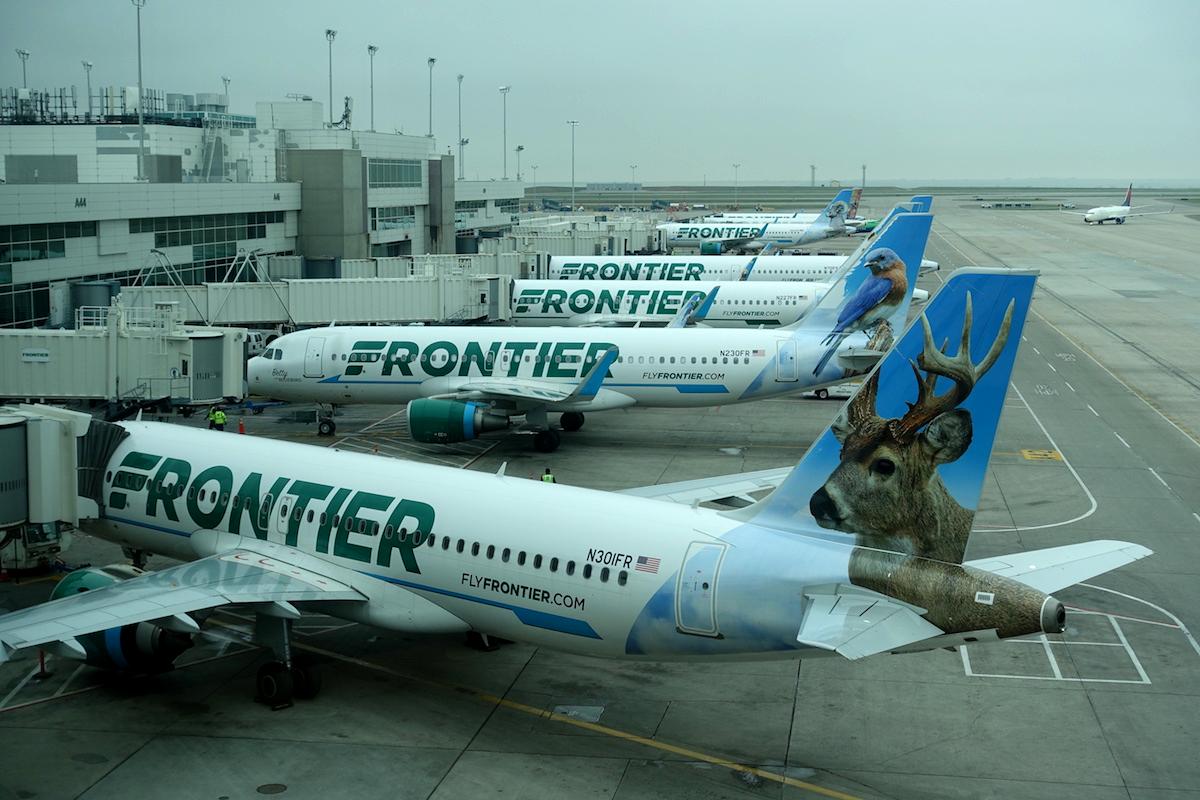My husband and I used to buy an extra seat in a row of three. The extra seat was surprisingly cheap sometimes because it had no taxes. Reducing the passenger density may be not as expensive as we might think, especially with the current fuel price.
The airport taxes could go up if we all have to be tested.
The airport taxes could go up if we all have to be tested.

















